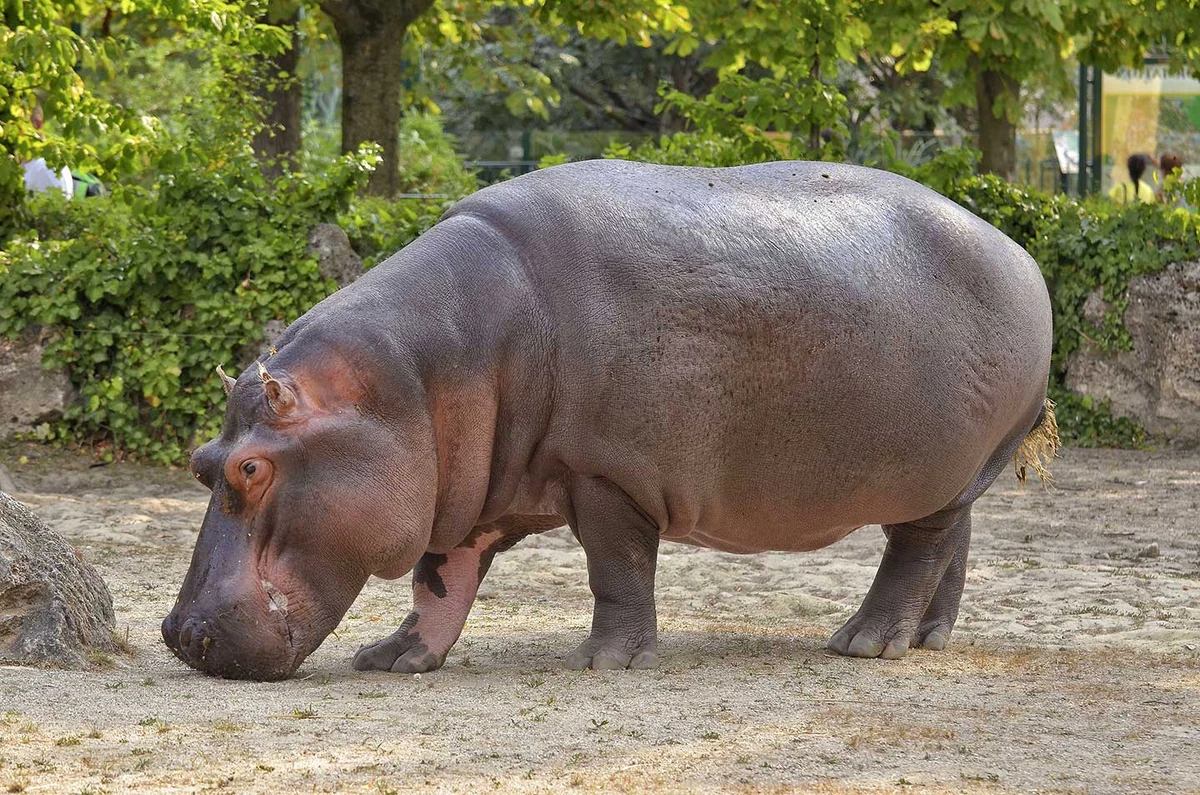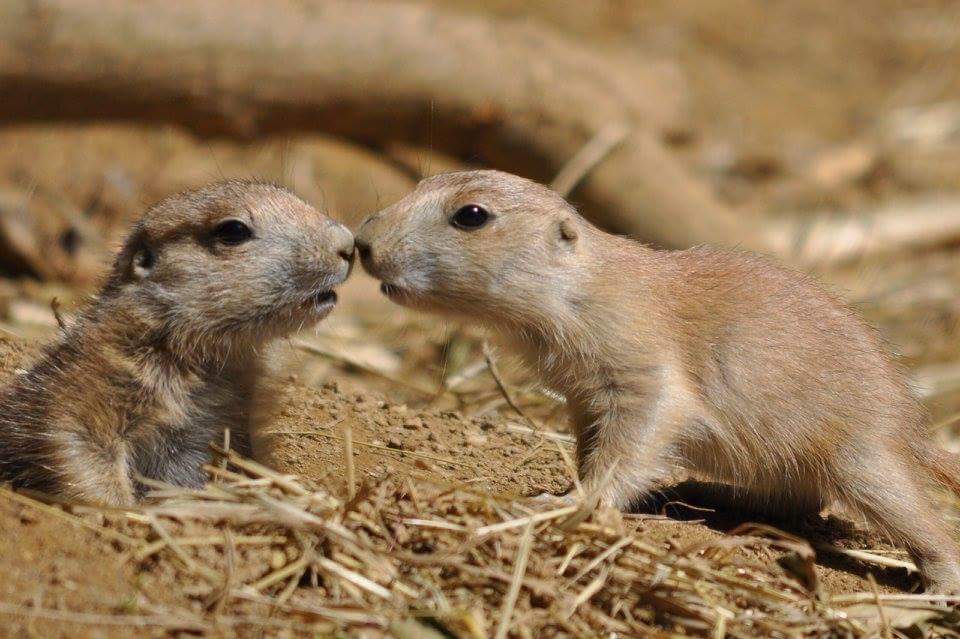zoomacademia.com – The hippopotamus, often simply referred to as the “hippo,” is one of the most iconic and fascinating animals native to Africa. Known for their massive size and distinct features, hippos are a crucial part of their ecosystem and have a unique blend of behaviors and adaptations that make them truly remarkable.
Physical Characteristics
Hippos are among the largest land mammals, second only to elephants. Adult males can weigh between 3,000 to 4,000 pounds, while females are slightly smaller. Their bodies are barrel-shaped, supported by short legs, and they have a large head with a wide mouth that can open up to 150 degrees. This powerful jaw is equipped with large tusks that can grow up to 16 inches long.
Despite their bulky size, hippos are surprisingly agile in water. They have webbed feet that allow them to move swiftly and efficiently, both on land and underwater. Their skin is thick and hairless, secreting a natural sunscreen that protects them from the sun’s harsh rays.
Habitat and Distribution
Hippos are primarily found in sub-Saharan Africa, inhabiting rivers, lakes, and wetlands. They are semi-aquatic animals, spending much of their time submerged to keep cool and hydrated. Hippos can hold their breath underwater for up to five minutes, using this ability to graze on aquatic vegetation while remaining mostly hidden.
Social Behavior
Hippos are social animals that typically live in groups known as pods or bloats. These groups can consist of ten to thirty individuals, primarily females and their young, led by a dominant male. Social interactions within the pod include vocalizations, body language, and physical displays. Hippos are known for their territorial nature, particularly the males, who fiercely guard their space in the water.
Diet and Feeding
Hippos are herbivores, primarily feeding on grasses. They graze on land during the night, traveling distances of up to 10 kilometers in search of food. Despite their large size, hippos are selective feeders and prefer fresh, tender grass. Their grazing habits play a significant role in shaping the landscape of their habitats, helping to maintain the balance of their ecosystems.
Conservation Status
The hippopotamus faces several threats, including habitat loss, poaching, and conflicts with humans. They are often hunted for their meat and ivory tusks, leading to a decline in their populations. While they are currently classified as “Vulnerable” by the International Union for Conservation of Nature (IUCN), ongoing conservation efforts aim to protect their habitats and ensure their survival.
Conclusion
The hippopotamus is a fascinating and vital part of Africa’s biodiversity. With their unique adaptations, social structures, and ecological roles, hippos continue to intrigue researchers and wildlife enthusiasts alike. Protecting these remarkable creatures and their habitats is essential for maintaining the health of the ecosystems they inhabit. Through conservation efforts and increased awareness, we can help ensure that future generations will also have the opportunity to marvel at these incredible animals.







